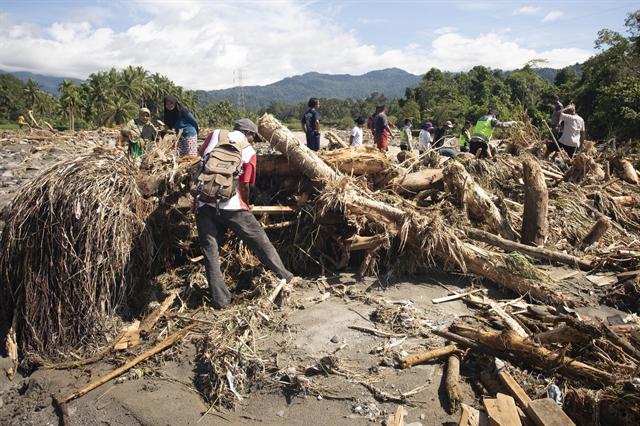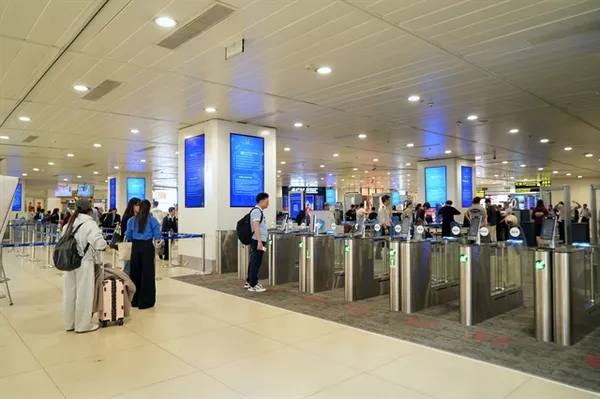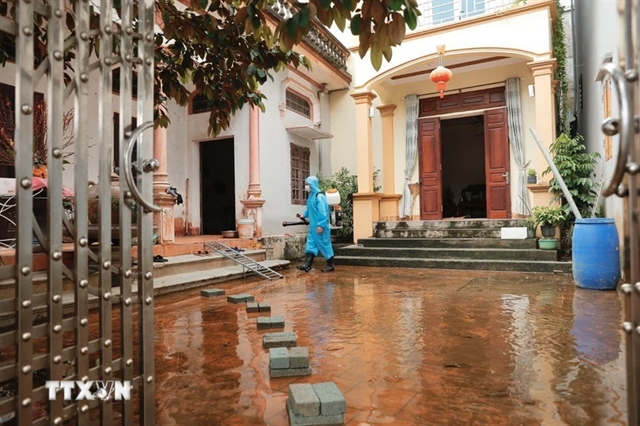 Society
Society
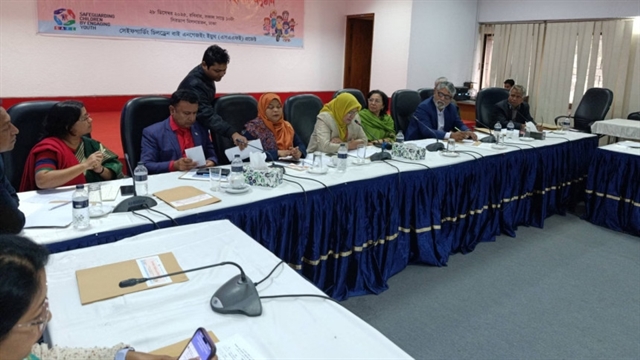
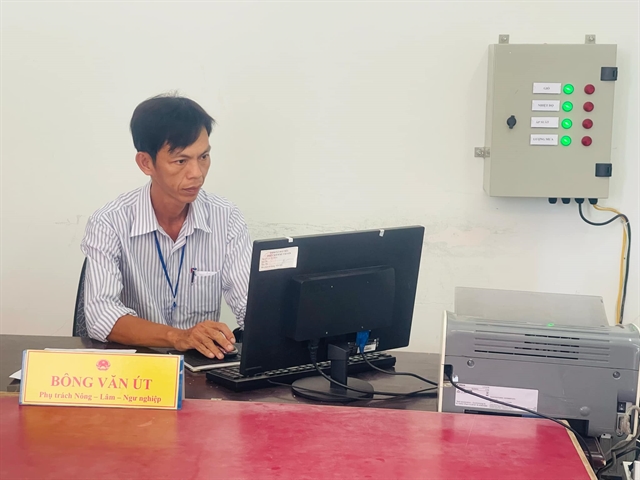 |
| A worker operates the weather forecast system at the Đất Mũi Commune People’s Committee in Ngọc Hiển District, Cà Mau Province. — VNS Photo Thu Trang |
Thu Trang
CÀ MAU — Early warning and early action to enhance resilience to natural disasters has been the consistent motto of Cà Mau Province for many years, said Phan Hoàng Vũ, director of the provincial Department of Agriculture and Rural Development (DARD).
Vũ, who is also deputy head of the provincial Steering Committee for Natural Disaster Prevention and Control, said that to digitise the monitoring and reporting on damage caused by natural disasters at all levels, the province had established an online statistics software, with 121 accounts.
The system has initially operated smoothly and continuously.
In addition, the steering committee’s website for disaster prevention and control was opened early last year.
“This is a useful information channel to help the community be proactive in preventing, combating and overcoming consequences of natural disasters,” said Vũ.
Modern technology has been applied by all sectors through the forecast and warning system, the use of drones and satellites.
“Developing response plans for each type of natural disaster is considered an important step to take early and timely actions when a natural disaster occurs,” he said.
Based on the level of natural disaster risk, the steering committee set up five response plans, including plan for storms, tropical depressions and strong winds at sea. It has a plan for strong storms, super storms; a plan for heavy rain, whirlwinds, lightning, floods, rising water; a plan for landslides and land subsidence; and a plan for drought and saltwater intrusion.
Đỗ Minh Điền, deputy head of the Irrigation Division under the DARD, said that responding to and overcoming consequences of natural disasters was a task with no rest time, because many types of natural disasters kept coming one after another.
“With proactive monitoring, forecasting and early warning information, many solutions have been deployed. These early actions have partly mitigated the damage,” said Điền.
In the period 2015-16, drought, saltwater intrusion and subsidence caused damage of about VNĐ1.4 trillion (US$55.9 million)
By 2019-20, the number was about VNĐ800 billion ($32 million).
In 2023-24, the damage caused by this type of natural disaster was about VNĐ30 billion ($1.2 million).
“Forecasting and warning is more and more accurate, whereas authorities’ instruction is close to reality and people's awareness is constantly improving,” he said.
The province has installed 51 hydro-meteorological monitoring stations, which will help improve the forecasting and warning capacity.
As close to perfect warnings as they can be, the information is also promptly transmitted to local residents to have more time to respond.
The province has organised training courses on natural disaster prevention and control, search and rescue and climate change response in various forms.
The province prepared more than 150 tents, 200 water pumps, 40 generators and reserve medicine, medical equipment to respond to natural disasters.
Approval
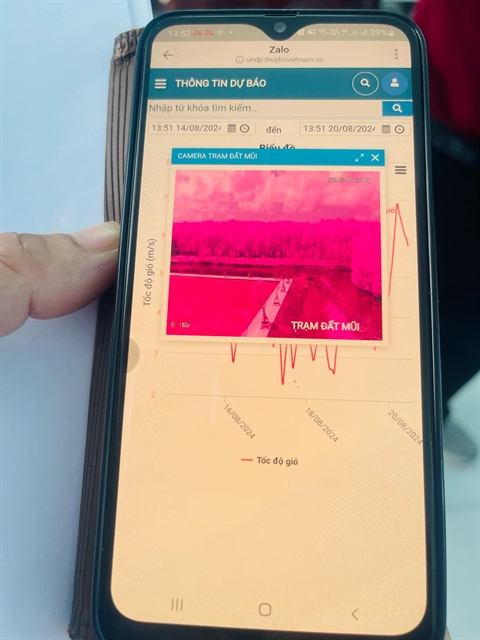 |
| Weather forecast information is transmitted to people’s smart phones. — VNS Photo Thu Trang |
Lê Văn Sử, deputy chairman of the Cà Mau Province People’s Committee, said that the committee had approved an overall plan for natural disaster prevention and control, search and rescue.
“The key task is to direct authorities at all levels to review, consolidate and improve the steering committees to unify the direction and task implementation,” said Sử.
One more important work is improving forecasting and warning capacity, raising knowledge of disaster prevention and control for the community.
“We invest in and upgrade irrigation works, dykes, irrigation systems to prevent salinity, conduct urban and residential area beautification combined with stabilising people's lives and production in disaster-affected areas,” he said.
The province set up loudspeakers for coastal communes and towns to facilitate disaster warnings and dredging and clearing obstacles on rivers and waterways are carried out regularly.
“We define that forecast information must be specific and clear so that local people can understand. Units deploy timely response solutions, close to the actual situation,” he said.
The province assigns direct commanding officers and operational officers specialised in each area.
It sets up checkpoints at river mouths and seaports for inspection, releases sea bans and travel bans to ensure boats’ safety during storms.
Localities provide enough storage space for early harvest products to protect aquatic products from typhoons, maintain seafood processing activities to ensure quality, especially for shrimps.
Organisations integrate disaster prevention and control into their work plan and socio-economic development plans to improve efficiency.
“The most important thing is to call for the strength of all people in the province for disaster prevention, control, search and rescue,” said Sử.
More than 29,000 people, including young people, farmers and workers are on standby, ready to join natural disaster prevention and control force when needed. — VNS


